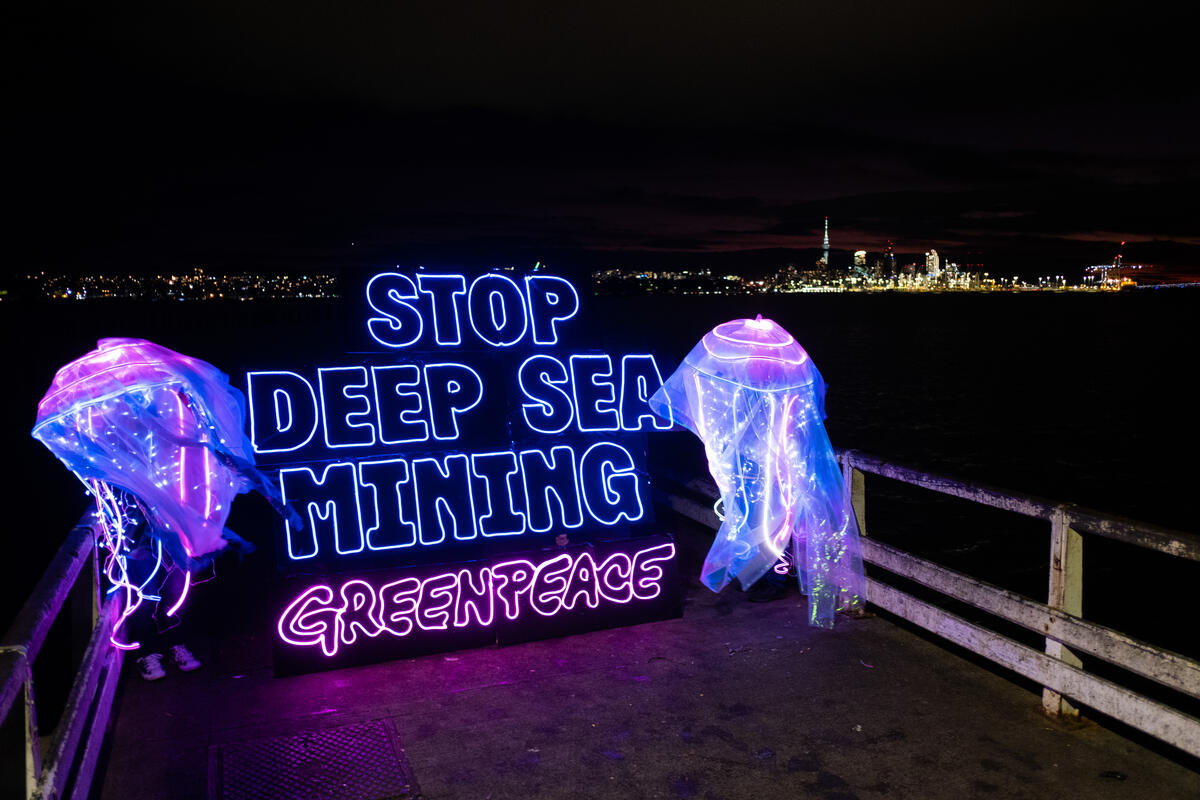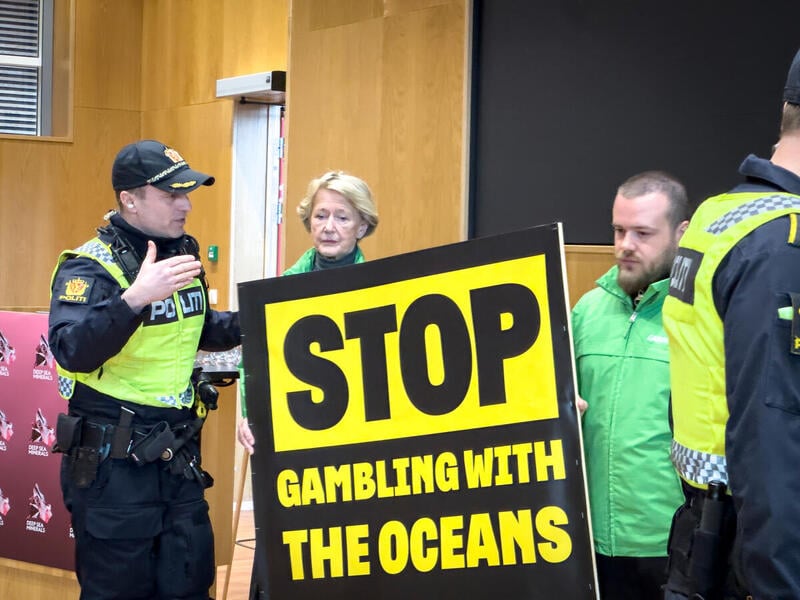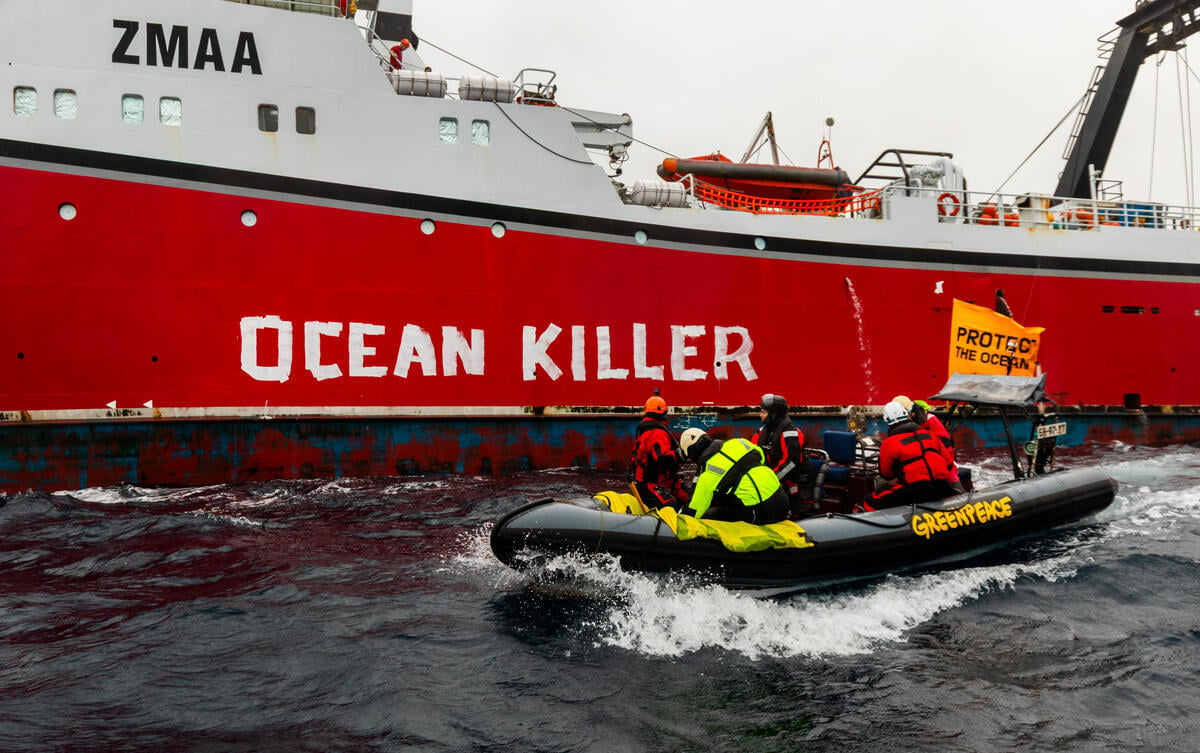This report details the cumulative threats facing our oceans and includes a new global analysis of high seas fishing activity. It details how ocean warming, acidification, pollution and the emerging threat of deep sea mining are placing ever more strain on ocean ecosystems, making clear the urgency of political action to protect 30% of the world’s oceans by 2030.
English version (other languages available below):
In March 2023, history was made when the UN finally agreed on a new Global Ocean Treaty. This Treaty is a powerful tool that can help governments protect the high seas and deliver 30X30. But time is running out to meet this goal and ocean threats are multiplying. Governments need to act swiftly to sign and ratify the Treaty.
Alongside ratification, governments must also start to develop the first ocean sanctuaries proposals. The report therefore outlines the political steps and actions necessary to establish ocean sanctuaries using the Treaty.
Accompanying the report, this interactive map keeps track of countries that have signed and ratified the Treaty. At the same time, it will help keep up the pressure on those that haven’t. It also paints a clear picture of what 30% and 50% ocean protection could look like and identifies the first set of priority areas to be protected under the Treaty.
It pinpoints the many threats facing our oceans and the areas in which they are most prevalent, including how fishing activity around the globe has increased – information stemming from the new data analysis found in the report.
Download the full report:
- English – 30×30: From Global Ocean Treaty to Protection at Sea (Full Report)
- French – 30×30: Du Traité Mondial sur les Océans à la Protection en Mer (Full Report)
- Spanish – 30×30: Del Tratado Global de los Océanos a la protección en alta mar (Full Report)
- Chinese – 30×30: 实施《海洋生物多样性协定》建立海洋保护区网络
- German – 30×30: Vom globalen Ozeanvertrag zum Schutz auf See



